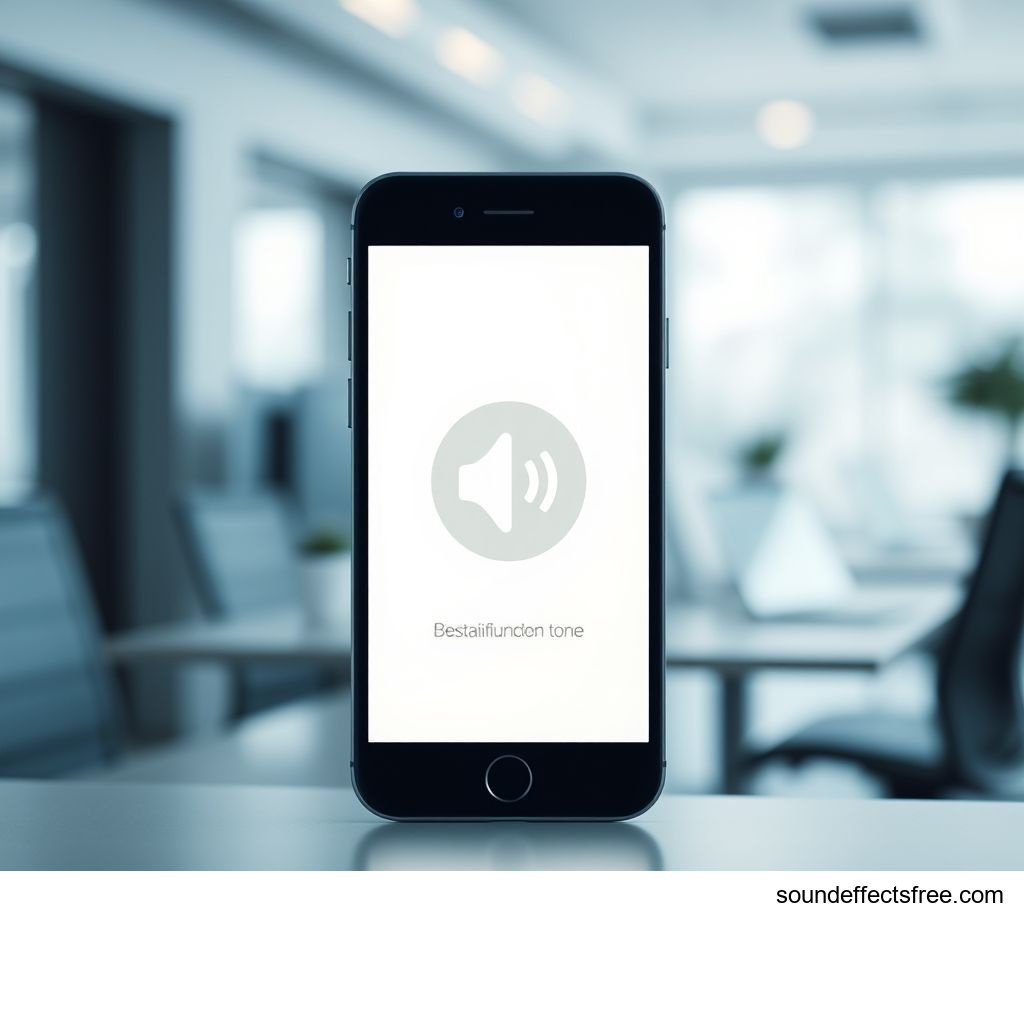Seamless Transition Sweep: The Art of UI/UX Audio
Master the art of seamless audio transitions in UI/UX design. Enhance user experience with perfectly timed whoosh, swell, and other audio effects. Discover our sound packs.
Introduction
Every effective UI relies on a well-executed transition. A seamless audio transition can transform a good user interface into a truly exceptional one. It guides the user, provides feedback, and creates a more engaging experience. These subtle sound design elements are often overlooked, yet they are crucial. They bridge the gap between actions, making every interaction feel natural and intuitive. This article explores the power of a perfect audio transition.
Applications in Media
Audio transition sounds are vital across many media types. They provide crucial cues to users. Think about a video game loading screen. A smooth audio transition signals progress. In mobile apps, a quick whoosh sound might confirm a successful swipe. These moments are key to a positive user experience.
Industry-Specific Uses
Many industries rely on precise audio transition effects. In gaming, a whoosh often accompanies character movement or menu changes. This ensures a fluid player experience. For enterprise software, a subtle audio transition might signal a saved document. It's about providing instant, clear feedback. Educational apps use a gentle swell to introduce new topics. Every transition enhances clarity and reduces friction. A well-placed transition can prevent user confusion.
Creative Techniques
Crafting the perfect audio transition involves creativity. Designers often blend multiple sound samples. A simple click might be layered with a soft swell. This creates a richer, more engaging audio effect. The goal is always to make the transition feel natural. It should never be jarring or out of place. Experimenting with different sound samples is encouraged. This allows for unique and memorable audio experiences. Consider how each transition impacts the user's perception.
Technical Analysis
Understanding the technical aspects of a transition is important. It helps in selecting or creating the right sound. A transition isn't just a sound; it's a carefully crafted audio event. Its effectiveness depends on its acoustic properties.
Waveform Characteristics
A typical audio transition often has a distinct waveform. It might start quietly and then swell in volume. This crescendo and decrescendo define its sonic character. The attack, decay, sustain, and release (ADSR) envelope is key. A short, sharp attack creates a quick transition. A slower attack allows for a more gradual shift. Analyzing the waveform helps in fine-tuning the transition.
Frequency Profile
The frequency profile of a transition is also critical. Many whoosh or swell effects use a wide frequency range. This creates a full, impactful sound. Some transition sounds might emphasize lower frequencies. Others might focus on high-frequency sweeps. This adds a sense of movement. A well-balanced frequency profile ensures the transition cuts through the mix. It must be clear without being overpowering. The right frequency blend makes a transition seamless.
Production Tips
Creating high-quality audio transition sounds requires specific techniques. Good production leads to a better user experience. Every step influences the final audio effect.
Recording & Editing
High-quality recordings are the foundation of any good transition. Use clean, professional equipment. Record various source sounds, like air movement or object passes. These can form the basis of a whoosh or swell. Editing is where the magic happens. Trim, fade, and shape the sound samples. Ensure a smooth start and end for each transition. Noise reduction is also vital for a crisp audio effect.
Software Tools
Digital Audio Workstations (DAWs) are indispensable. Tools like Pro Tools, Ableton Live, or Logic Pro offer vast possibilities. They allow precise manipulation of sound. Plugins can further enhance a transition. Equalizers shape the frequency profile. Reverb and delay add space and depth. Compression helps control dynamics. These tools are essential for crafting the perfect UI sound. They enable the subtle shaping of every transition. Pro Sound Effects offers professional sound libraries.
Creative Implementation
Beyond technical execution, creative flair elevates a transition. It's about making the sound truly memorable. A well-designed transition improves the overall UI.
Layering Methods
Layering is a powerful technique for complex transition sounds. Combine multiple sfx elements. A basic whoosh might be enhanced with a metallic clang. Add a subtle reverse cymbal for a dramatic swell. This creates a richer, more nuanced audio effect. Each layer contributes to the overall character of the transition. Experiment with different textures. This ensures a unique and impactful audio transition.
Spatial Effects
Spatial effects add depth and realism to a transition. Panning moves the sound from left to right. This can simulate an object sweeping across the screen. Reverberation can place the sound in a specific environment. Imagine a menu transition echoing slightly in a virtual space. These effects make the UI feel more immersive. They transform a simple sound into a sensory experience. A thoughtful spatial transition is highly effective. Related transition sounds are available.
Sound Pack Integration
Optimizing your sound library is key. Integrating various sound assets ensures a cohesive UI experience. Our sound packs provide ready-to-use solutions. They offer a range of perfectly crafted audio transition effects.
Using with Other Sounds
A single transition sound rarely stands alone. It usually complements other UI elements. For example, a whoosh might lead into a UI success chime. The UI Success Chime and a gentle swell can work together. Ensure all sounds in your UI are harmonious. Consistency in audio design is crucial. This creates a unified and professional soundscape. Each transition should feel like part of a larger whole.
Complete Collection
Explore our comprehensive collection of audio assets. Our sound packs contain hundreds of high-quality sfx. They include a wide variety of audio transition types. Find the perfect transition for any UI project. These packs are designed for seamless integration. Enhance your user experience immediately. Get the full sound pack for comprehensive audio solutions. Every transition is carefully designed.
FAQ Section
Q1: What is an audio transition in UI/UX?
An audio transition is a sound effect that signals a change or action in a user interface. It makes the user experience more fluid.
Q2: Why are seamless transitions important?
Seamless transition sounds provide immediate feedback. They guide users and prevent confusion. This creates a much more intuitive and enjoyable experience.
Q3: Can I create my own whoosh or swell sounds?
Yes, with recording equipment and a DAW, you can create custom whoosh or swell effects. Many free and paid sound samples are also available.
Q4: How do audio transitions affect user experience?
A good audio transition enhances user satisfaction and reduces cognitive load. It makes interactions feel natural and responsive, creating a memorable experience.
Q5: What software is best for editing transition sounds?
Professional DAWs like Ableton Live, Logic Pro, or Pro Tools are excellent for editing and mixing transition sounds. They offer precise control over every audio effect.





